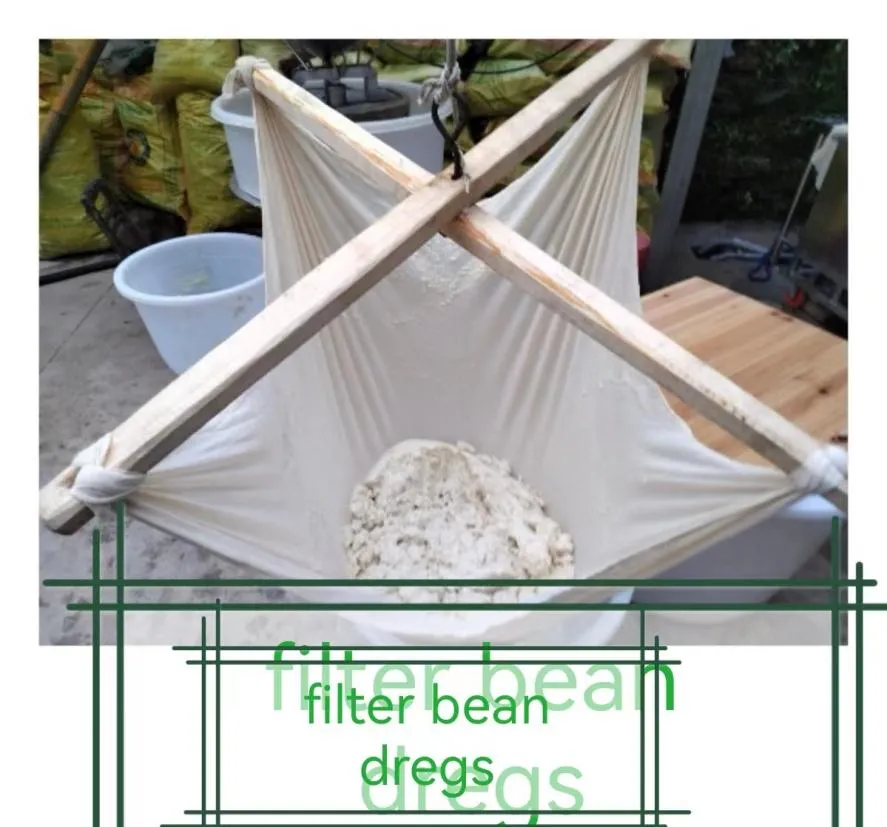-
 Afrikaans
Afrikaans -
 Albanian
Albanian -
 Amharic
Amharic -
 Arabic
Arabic -
 Armenian
Armenian -
 Azerbaijani
Azerbaijani -
 Basque
Basque -
 Belarusian
Belarusian -
 Bengali
Bengali -
 Bosnian
Bosnian -
 Bulgarian
Bulgarian -
 Catalan
Catalan -
 Cebuano
Cebuano -
 China
China -
 Corsican
Corsican -
 Croatian
Croatian -
 Czech
Czech -
 Danish
Danish -
 Dutch
Dutch -
 English
English -
 Esperanto
Esperanto -
 Estonian
Estonian -
 Finnish
Finnish -
 French
French -
 Frisian
Frisian -
 Galician
Galician -
 Georgian
Georgian -
 German
German -
 Greek
Greek -
 Gujarati
Gujarati -
 Haitian Creole
Haitian Creole -
 hausa
hausa -
 hawaiian
hawaiian -
 Hebrew
Hebrew -
 Hindi
Hindi -
 Miao
Miao -
 Hungarian
Hungarian -
 Icelandic
Icelandic -
 igbo
igbo -
 Indonesian
Indonesian -
 irish
irish -
 Italian
Italian -
 Japanese
Japanese -
 Javanese
Javanese -
 Kannada
Kannada -
 kazakh
kazakh -
 Khmer
Khmer -
 Rwandese
Rwandese -
 Korean
Korean -
 Kurdish
Kurdish -
 Kyrgyz
Kyrgyz -
 Lao
Lao -
 Latin
Latin -
 Latvian
Latvian -
 Lithuanian
Lithuanian -
 Luxembourgish
Luxembourgish -
 Macedonian
Macedonian -
 Malgashi
Malgashi -
 Malay
Malay -
 Malayalam
Malayalam -
 Maltese
Maltese -
 Maori
Maori -
 Marathi
Marathi -
 Mongolian
Mongolian -
 Myanmar
Myanmar -
 Nepali
Nepali -
 Norwegian
Norwegian -
 Norwegian
Norwegian -
 Occitan
Occitan -
 Pashto
Pashto -
 Persian
Persian -
 Polish
Polish -
 Portuguese
Portuguese -
 Punjabi
Punjabi -
 Romanian
Romanian -
 Russian
Russian -
 Samoan
Samoan -
 Scottish Gaelic
Scottish Gaelic -
 Serbian
Serbian -
 Sesotho
Sesotho -
 Shona
Shona -
 Sindhi
Sindhi -
 Sinhala
Sinhala -
 Slovak
Slovak -
 Slovenian
Slovenian -
 Somali
Somali -
 Spanish
Spanish -
 Sundanese
Sundanese -
 Swahili
Swahili -
 Swedish
Swedish -
 Tagalog
Tagalog -
 Tajik
Tajik -
 Tamil
Tamil -
 Tatar
Tatar -
 Telugu
Telugu -
 Thai
Thai -
 Turkish
Turkish -
 Turkmen
Turkmen -
 Ukrainian
Ukrainian -
 Urdu
Urdu -
 Uighur
Uighur -
 Uzbek
Uzbek -
 Vietnamese
Vietnamese -
 Welsh
Welsh -
 Bantu
Bantu -
 Yiddish
Yiddish -
 Yoruba
Yoruba -
 Zulu
Zulu
Exploring the Benefits and Applications of Mesh Steel Reinforcement in Modern Construction Techniques
Understanding Mesh Steel Reinforcement
Steel reinforcement is a fundamental component in modern construction, especially when it comes to enhancing the structural integrity of concrete. One of the most common forms of steel reinforcement is mesh steel reinforcement, often referred to simply as 'mesh'. This innovative building material plays a crucial role in ensuring that concrete structures, such as pavements, slabs, and beams, can withstand various loads and stresses over time.
What is Mesh Steel Reinforcement?
Mesh steel reinforcement consists of a grid of steel bars or wires that are woven together in a systematic pattern. It is typically made from high-quality steel to ensure durability and strength. The most common type of mesh used in construction is welded wire mesh (WWM), which is manufactured by welding the intersections of the wires together. This creates a uniform grid structure that can be easily cut and shaped to fit the specific requirements of a project.
Mesh reinforcement serves multiple purposes in construction. Firstly, it enhances the tensile strength of concrete, which is inherently weak in tension but strong in compression. By embedding steel mesh within concrete, the combination can better withstand tensile forces and prevent cracks. This reinforcement is especially critical in high-stress areas, such as floors subjected to heavy loads or pavements that experience frequent vehicular traffic.
Applications of Mesh Steel Reinforcement
Mesh steel reinforcement is widely used in various construction applications. In residential settings, it is often incorporated into foundation slabs and driveways to provide stability and longevity. In commercial construction, it plays a vital role in ensuring the integrity of larger structures such as shopping malls, industrial facilities, and high-rise buildings.
mesh steel reinforcement

One of the distinguishing features of mesh is its versatility. It can be adapted to different thicknesses, gauge sizes, and mesh configurations, making it suitable for various construction needs. Additionally, mesh can be used in conjunction with other forms of reinforcement, such as rebar, to create a comprehensive reinforcement system that maximizes the strength and durability of concrete.
Advantages of Using Mesh Steel Reinforcement
The advantages of using mesh steel reinforcement are numerous. One of the primary benefits is its cost-effectiveness. The mass production of welded wire mesh allows for reduced material costs and labor expenses compared to traditional rebar methods. This makes it a popular choice among contractors and builders looking to optimize budgets without compromising on structural quality.
Another significant advantage is ease of installation. Because mesh comes in sheets or rolls, it can be quickly laid down and tied in place, helping to expedite the construction process. This efficiency is particularly valuable in large-scale projects where time is of the essence.
Moreover, mesh steel reinforcement contributes to overall safety. By reducing the likelihood of cracking and structural failures, it helps safeguard the wellbeing of occupants and minimizes the need for costly repairs in the future. Additionally, its corrosion-resistant properties, particularly when using galvanized or stainless steel, enhance its longevity, ensuring that structures maintain their integrity for many years.
Conclusion
In conclusion, mesh steel reinforcement is an essential material in contemporary construction practices. Its ability to improve the tensile strength of concrete, coupled with its versatility, cost-effectiveness, and ease of installation, makes it a preferred choice among builders and engineers worldwide. As construction technologies advance, mesh steel reinforcement will continue to play a pivotal role in delivering safe, durable, and high-quality structures that meet the demands of modern society.
-
Shipping Plastic Bags for Every NeedNewsJul.24,2025
-
Safety Netting: Your Shield in ConstructionNewsJul.24,2025
-
Plastic Mesh Netting for Everyday UseNewsJul.24,2025
-
Nylon Netting for Every UseNewsJul.24,2025
-
Mesh Breeder Box for Fish TanksNewsJul.24,2025
-
Expanded Steel Mesh Offers Durable VersatilityNewsJul.24,2025











